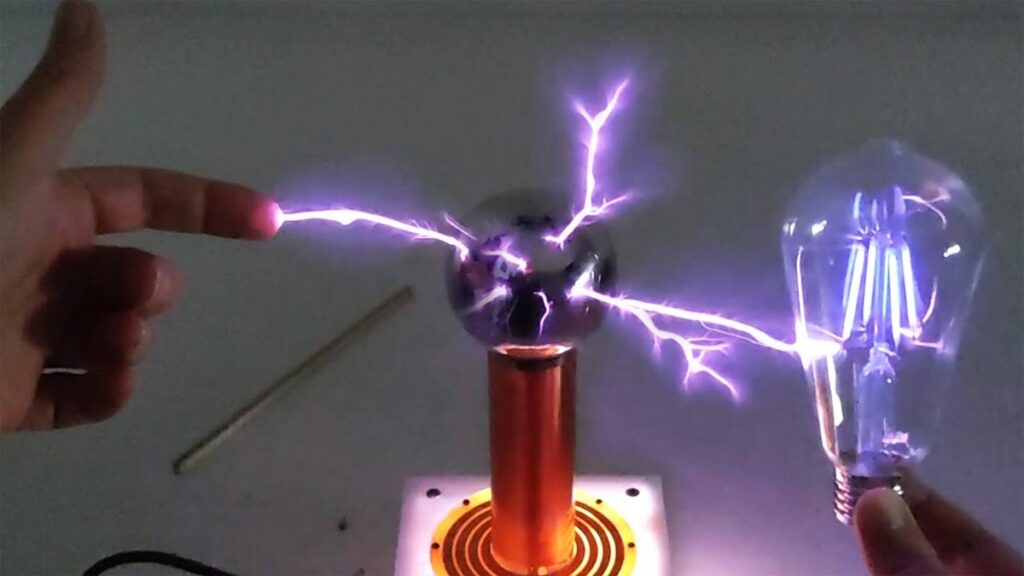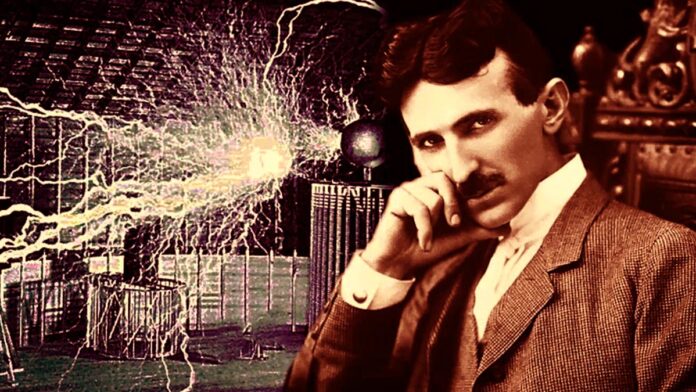Nikola Tesla, an enigmatic inventor, electrical engineer, and visionary genius, is one of history’s most remarkable figures. Born on July 10, 1856, in the village of Smiljan, in what is now Croatia, Tesla’s groundbreaking contributions to science and technology laid the foundation for the modern world. This biography will delve into the extraordinary life of Nikola Tesla, tracing his journey from a humble upbringing to his transformative inventions and the profound impact he left on the world.
Page Contents
Early Years and Education
Nikola Tesla was born to Serbian parents, Georgina and Milutin Tesla, in a region of the Austrian Empire. From a young age, he exhibited a natural talent for innovation and an insatiable curiosity about the world around him. His early interest in mechanical and electrical devices was nurtured by his father, who was a priest and a writer, and his mother, an inventor and an herbalist.
In 1875, Tesla attended the Technical University of Graz in Austria to study electrical engineering. His studies took him to the University of Prague and then to Budapest, Hungary, where he worked as a telephone engineer. During this time, he began formulating ideas that would later become some of his most significant inventions.
Read also : Alexander Fleming
Immigrating to the United States
In 1884, Tesla decided to seek his fortune in the United States. With little more than a few cents in his pocket, he arrived in New York City, a city brimming with opportunity and innovation. He quickly found work with Thomas Edison, one of the most prominent inventors of the time.
Tesla’s first major project with Edison was the improvement of direct current (DC) electrical systems. Despite a promising start, Tesla and Edison’s contrasting visions and personalities clashed, leading to a parting of ways. Tesla’s belief in alternating current (AC) power and its potential to revolutionize electrical distribution systems would soon prove to be a pivotal moment in his career.
The War of Currents
The “War of Currents” was a fierce rivalry between Nikola Tesla, advocating for AC, and Thomas Edison, a staunch supporter of DC power. Tesla was determined to prove the superiority of AC, not only in terms of safety but also for its ability to transmit electricity over long distances efficiently.
In 1887, Tesla’s AC motor and transformer designs caught the attention of George Westinghouse, a prominent industrialist and entrepreneur. Westinghouse recognized the potential of Tesla’s inventions and offered him a partnership. This partnership would change the course of electrical history.
The AC Revolution
The collaboration between Nikola Tesla and George Westinghouse led to the development and widespread adoption of alternating current power systems. Their triumph came with the successful construction of the Niagara Falls hydroelectric power plant in 1896, using Tesla’s AC technology to transmit electricity over long distances. This achievement marked the beginning of the electrification of the United States and ultimately the world.
The Tesla Coil and Wireless Transmission
In addition to his work on electrical power systems, Tesla is famous for the invention of the Tesla coil, a resonant transformer circuit that produced high-voltage, low-current electricity. This invention had numerous applications, including in the development of wireless communication and transmission.
Tesla’s experiments with high-frequency and wireless electricity transmission culminated in the construction of the Wardenclyffe Tower on Long Island, New York. He intended to use the tower for the wireless transmission of energy and communication across great distances, but funding difficulties forced the project’s abandonment.

Unconventional Inventions
Throughout his life, Tesla had a penchant for unconventional and visionary inventions. These included the “Death Ray,” an energy weapon intended for defense, and the “Teleforce” particle beam weapon concept, which was never realized but foreshadowed future developments in directed energy weapons.
Tesla also proposed the concept of wireless power transmission, envisioning a world where electricity would be available wirelessly, much like modern wireless communication. Though his vision was not fully realized during his lifetime, wireless charging technology today owes much to Tesla’s pioneering ideas.
The Tragedy of Financial Struggles
Despite his profound contributions to science and technology, Tesla struggled financially throughout his life. His generous agreements with George Westinghouse and lack of business acumen left him in dire financial straits. In later years, he relied on the support of various benefactors, including J.P. Morgan, to fund his research and inventions.
The Eccentric Genius
Nikola Tesla was known for his eccentricities and unusual habits. He claimed to have a photographic memory and often worked through complex inventions entirely in his mind. Tesla also had a peculiar sensitivity to certain sounds and visual patterns, which influenced his daily routines and interactions with others.
Later Years and Legacy
In the latter part of his life, Tesla lived a relatively secluded existence, spending much of his time in his New York City hotel room. Despite his financial struggles, he continued to work on various projects and inventions, some of which were never fully realized.
Nikola Tesla passed away on January 7, 1943, in New York City, leaving behind a legacy that extended far beyond his own lifetime. His work laid the foundation for the modern electrical power distribution system, wireless communication, and numerous other technological advancements.
The Forgotten Genius
For many years, Tesla’s contributions were overshadowed by the likes of Thomas Edison and other contemporaries, despite his pivotal role in shaping the modern world. However, in the latter part of the 20th century, there was a resurgence of interest in Tesla’s work, and his genius was reevaluated and celebrated.
Tesla’s legacy has become an integral part of popular culture and science fiction. He is often portrayed as an unsung hero and an emblem of human potential and innovation. His life story and inventions have inspired countless individuals and continue to influence the fields of engineering and technology.
Read Also : Acharya Jagadish Chandra Bose
Conclusion
Nikola Tesla’s life was a testament to the power of innovation, determination, and the pursuit of knowledge. His groundbreaking work in electrical engineering and contributions to the development of alternating current power systems changed the world. Although Tesla’s later years were marred by financial struggles and isolation, his legacy lives on as an inspiration to inventors, engineers, and visionaries everywhere.
Tesla’s inventions and ideas transformed the way we live and paved the way for the electrification of the world. His vision of wireless power transmission and his pioneering work in high-frequency electricity laid the groundwork for the modern world of wireless communication and technology. Nikola Tesla’s enduring legacy is a reminder that even in the face of adversity, true genius can reshape the course of history and electrify the world.


